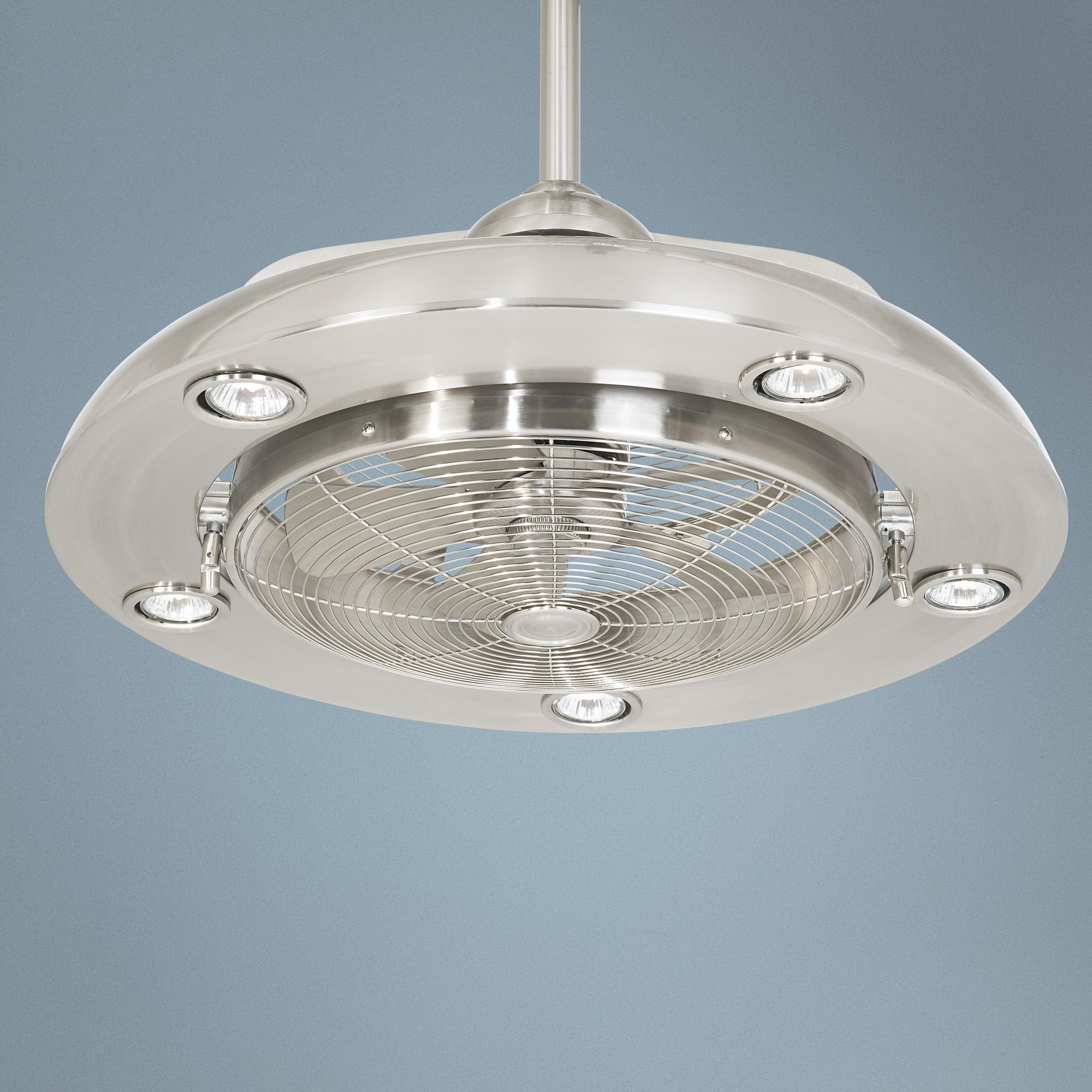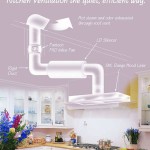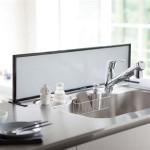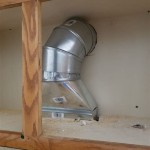Having an exhaust fan for your kitchen ceiling is an important part of keeping your kitchen clean and safe. It helps remove smoke, cooking odors and other airborne contaminants from your kitchen. It also helps prevent the buildup of dirt and grease in the air. Installing an exhaust fan is a relatively easy job, and can be done in just a few hours.
What to Consider When Buying an Exhaust Fan
When purchasing an exhaust fan for your kitchen, there are several features to consider. The size of the fan should be appropriate for the size of the kitchen. Additionally, you should consider the noise level, energy efficiency, and installation requirements. Additionally, you should consider the type of fan you would like, such as a ceiling fan, wall mounted fan, or inline fan.
How to Install an Exhaust Fan
Installing an exhaust fan is a relatively simple process. First, you will need to determine where the fan should be installed. Generally, it should be installed near the center of the kitchen ceiling. You may need to use a drill to make holes for the screws. After the holes are made, the fan should be attached to the ceiling and the wiring connected. Lastly, you should test the fan to make sure it is operating correctly.
Benefits of Having an Exhaust Fan
Having an exhaust fan in your kitchen has many benefits. First, it helps to control cooking odors and remove smoke from your kitchen. Additionally, it helps to keep the air in your kitchen clean, as it removes airborne particles such as dust and grease. Lastly, it helps improve air circulation, which can help to reduce the risk of mold and mildew growth in your kitchen.
Conclusion
Installing an exhaust fan for your kitchen ceiling is a great way to help keep your kitchen clean and safe. It helps to control cooking odors, remove smoke, and reduce the buildup of dirt and grease in the air. Additionally, it helps improve air circulation, which can help to reduce the risk of mold and mildew growth. When purchasing an exhaust fan, be sure to consider the size, noise level, energy efficiency, and installation requirements.















Related Posts








